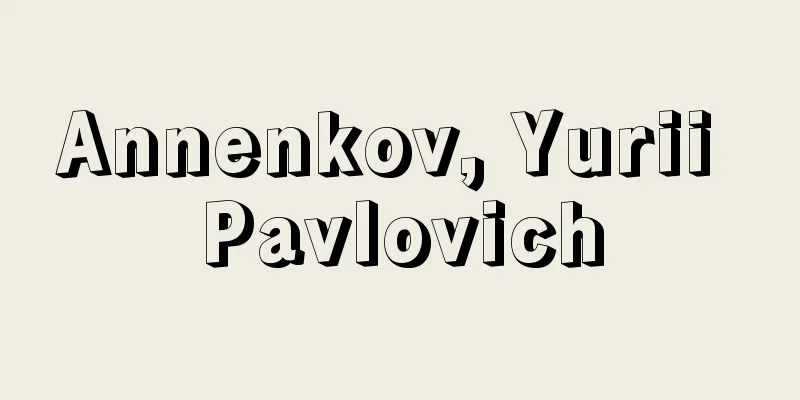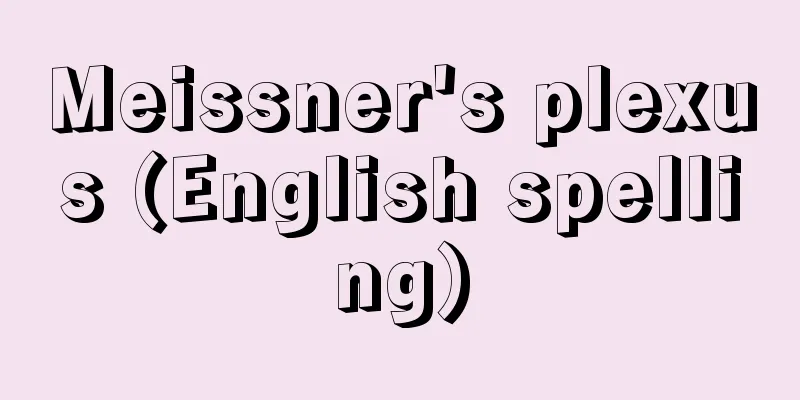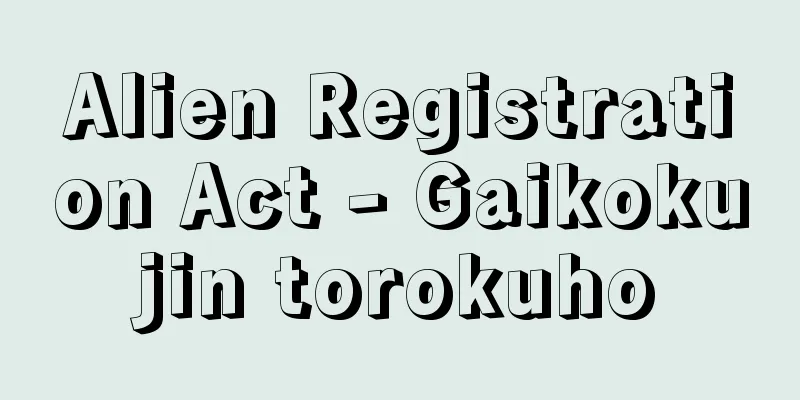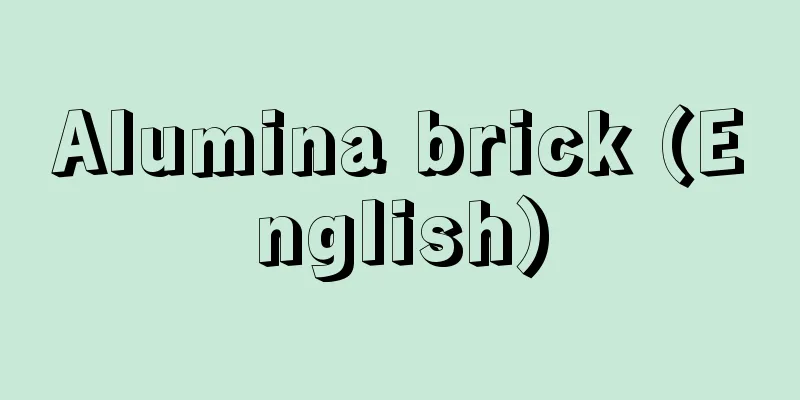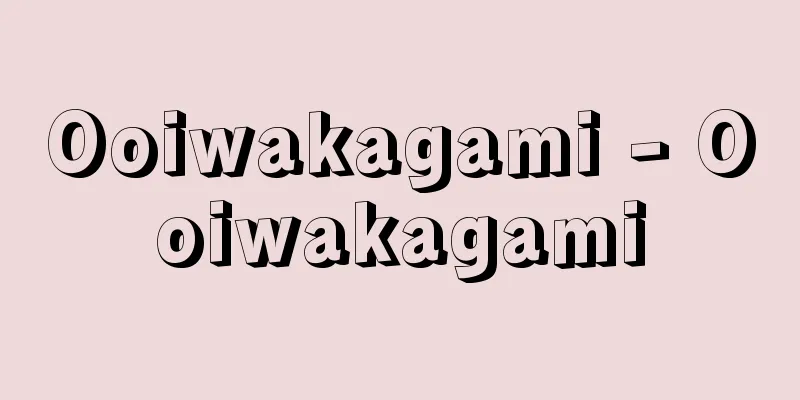Sino-Soviet Treaty of Friendship, Alliance and Mutual Assistance
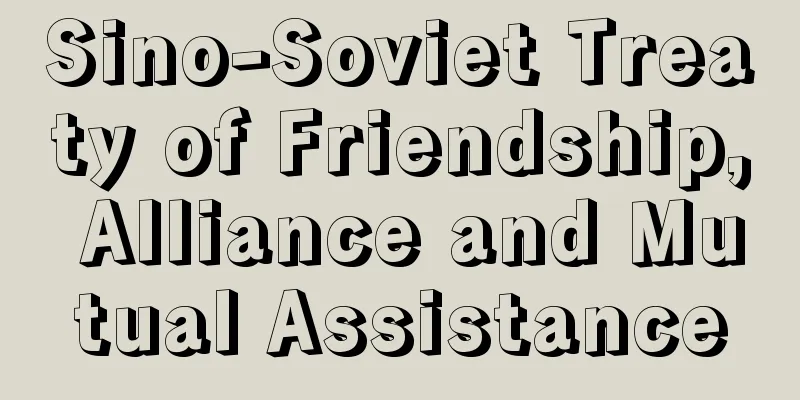
|
Treaty of Friendship, Alliance and Mutual Assistance between the People's Republic of China and the Union of Soviet Socialist Republics. It consists of this treaty, two supplementary agreements and an exchange of notes. It was signed in Moscow on February 14, 1950, and came into force on April 11. In many ways it succeeds the Sino-Soviet Treaty of Friendship and Alliance concluded between the Republic of China and the Soviet Union on August 14, 1945. To conclude this treaty, Chairman Mao Zedong stayed in the Soviet Union for two months from mid-December 1949, during his busy period immediately after the founding of the People's Republic of China, during which time Premier Zhou Enlai was also summoned to Moscow, making negotiations with Stalin extremely difficult. Mao later criticized the Soviet Union for trying to make China's northeastern region into its own colony through this agreement. The treaty consists of a preamble and six articles, which stipulate that both countries will jointly resist aggression by Japan and countries allied with Japan (Article 1), promote a complete peace with Japan (Article 2), refrain from participating in alliances or collective actions or measures against the other country (Article 3), consult important international issues (Article 4), strengthen economic and cultural cooperation (Article 5), and that the treaty will be valid for 30 years (Article 6). An ancillary agreement promises the early return of the China-Changchun Railway and the shipping bases of Port Arthur and Dalian, which were jointly managed by the Sino-Soviet Union, as well as economic aid of 300 million dollars to China. The exchange of notes clearly states that the old treaty has expired and reaffirms Mongolia's independence. During the Cold War in the 1950s, this treaty was seen as a symbol of the Sino-Soviet socialist camp. Since the 1960s, as the Sino-Soviet conflict intensified, this treaty has become meaningless. During the negotiations for the Sino-Japanese Peace and Friendship Treaty, the clause on Japan in Article 1 of this treaty became an issue, but on April 3, 1979, China notified the Soviet Union that it had no intention of extending the treaty beyond its expiration date of April 11, 1980. The Soviet government condemned this measure as a "hostile act," but after the treaty expired, negotiations on improving relations between the two countries progressed, and with the visit of Soviet General Secretary Gorbachev to Beijing in May 1989 (10 days later, he became Chairman of the Supreme Soviet), both national and party relations between the two countries were normalized. After the collapse of the Soviet Union, friendly relations between China and Russia were restored, and during President Yeltsin's visit to China in April 1996, a joint statement was signed that positioned Sino-Russian relations as a "strategic cooperative partnership" for the 21st century. [Masashi Ando] [References] | |Source: Shogakukan Encyclopedia Nipponica About Encyclopedia Nipponica Information | Legend |
|
中華人民共和国とソビエト社会主義共和国連邦との間の友好、同盟および相互援助に関する条約。本条約および二つの付属協定、交換公文からなる。1950年2月14日モスクワで調印、4月11日発効。中華民国とソ連との間に1945年8月14日に結ばれた中ソ友好同盟条約を多くの面で継承している。この条約締結のために、毛沢東(もうたくとう/マオツォートン)主席は建国直後の多忙な最中、1949年12月中旬から2か月にわたってソ連に滞在し、その間、周恩来(しゅうおんらい/チョウエンライ)首相もモスクワによばれるなど、スターリンとの交渉は困難を極めた。のちに毛沢東は、この協定によって中国の東北地方を自国の植民地にしようとしたと、ソ連を非難した。 本条約は前文と6か条からなり、日本および日本に同盟する国の侵略を共同で阻止する(第1条)、対日全面講和の促進(第2条)、相手国に反対する同盟・集団行動・措置への不参加(第3条)、重要な国際問題の協議(第4条)、経済・文化協力の強化(第5条)、条約の有効期間30年(第6条)などを規定している。付属協定では、中ソ共同管理の中国長春鉄道、旅順(りょじゅん/リュイシュン)・大連(だいれん/ターリエン)の海運基地の早期返還、および3億ドルの対中国経済援助を約束している。交換公文は、旧条約の失効、モンゴルの独立の再確認を明記している。 本条約は1950年代の冷戦時代には中ソ社会主義陣営のシンボルとみられていた。60年代以後、中ソ対立の激化とともに本条約は有名無実化していき、日中平和友好条約交渉の過程で本条約の第1条の対日条項が問題となったが、中国側は79年4月3日に、80年4月11日の満期後は同条約を延期する意志のないことをソ連に通告した。ソ連政府はこの措置を「敵対的行為」と非難したが、同条約の失効後、両国間で関係改善の交渉が進められ、89年5月のソ連のゴルバチョフ書記長の北京(ペキン)訪問(10日後、最高会議議長に就任)によって、両国の国家関係、党関係ともに正常化した。ソ連崩壊後、中国とロシアの友好関係は回復され、96年4月のエリツィン大統領の訪中では、21世紀に向けての中ロ関係を「戦略的協調パートナーシップ」と位置づける共同声明に調印した。 [安藤正士] [参照項目] | |出典 小学館 日本大百科全書(ニッポニカ)日本大百科全書(ニッポニカ)について 情報 | 凡例 |
Recommend
Buccinum tenuissimum
…[Tadashige Nabe]. . … *Some of the terminology t...
Paul-Marie Verlaine
French poet. Born on March 10th in Metz, northeas...
Konsei Pass
This pass is located on the border between Nikko ...
Irojaya
〘Noun〙 A teahouse that employs women who sell sex....
Socialist Suppression Law (English: Sozialistengesetz) German
This law was enacted on October 21, 1878 in Germa...
Discoid lupus erythematosus - discoid lupus erythematosus
Please see the "Lupus erythematosus" pa...
Ie Island
An island located about 5km west of the Motobu Pen...
myrtle-leaf orange
...This includes the Japanese daidai (orange). It...
Alyab'ev (Aliabiev), Aleksandr Aleksandrovich
Born into an aristocratic family, he received a qu...
The Banquet of the Curved Waters
One of the annual events held by the Imperial Cour...
Recoil
The phenomenon in which an object splits and one p...
Cathaysia palaeokingdom
A group of plants distributed mainly in mainland ...
Nusubitohagi - thief and hagi
A perennial plant of the legume family (APG class...
Kantou
…Furthermore, when the Grand Canal was opened, li...
Skim absorption price policy - skim absorption price policy
In addition to these basic pricing policies, ther...

